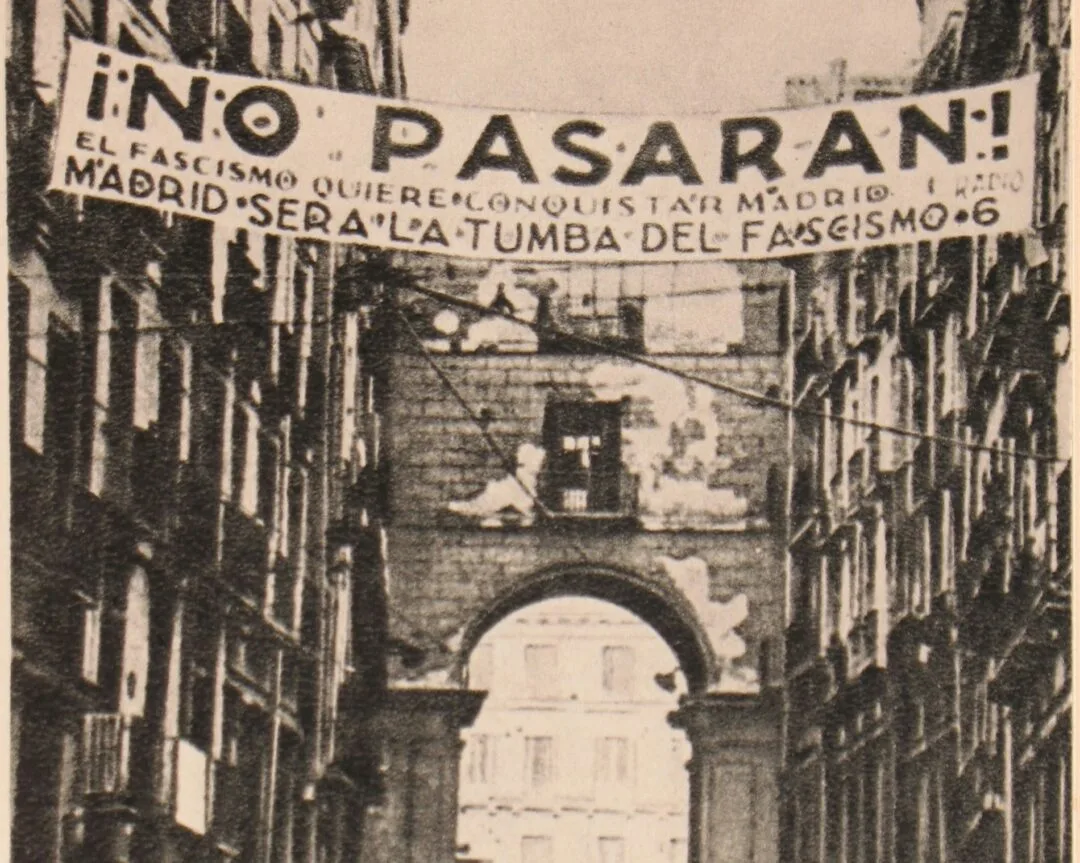What are typical mealtimes in Madrid?
Mealtimes in Spain can drive you crazy, especially if you arrive at a restaurant ravenous, only to find the kitchen won’t be open for an hour yet. As Madrid is always full of tourists, there will be places willing to serve you lunch at 12pm. Unfortunately, these are often tourist traps with inflated prices slapped on rather underwhelming fare. To be sure of getting something decent, you’re best off waiting until 2pm when the majority of restaurants begin serving lunch in the capital.
If 2pm seems top far off, don’t despair: there are restaurants catering to locals that open at 1 or 1.30pm. When I go out for lunch I often like to hit these places before the 2pm lunchtime rush begins. Between 1pm and 2pm, service is miraculously fast and the restaurant is blissfully empty – apart from the odd office worker. The same applies if you arrive between 8pm and 9pm for dinner – though a friend of mine who enjoys a lively restaurant told me she would never dream of arriving before 9pm!
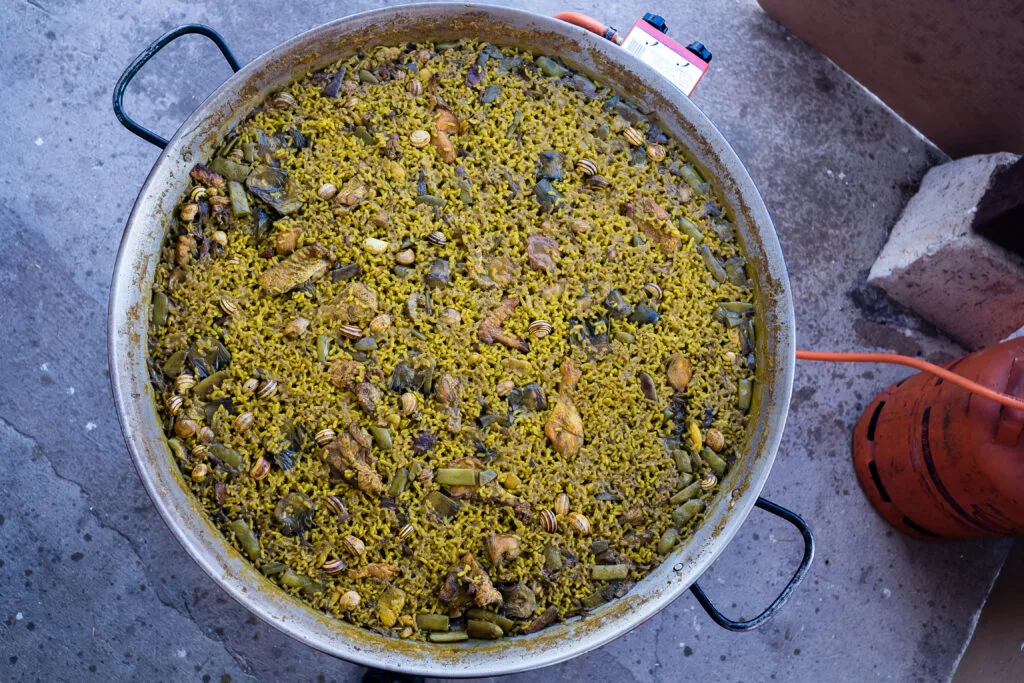
How to cope?
Lunch in Madrid is generally 2pm to 4pm while dinner can be anywhere between 8pm to 10pm. If you account for the fact that most Madrileños either eat a very small breakfast, usually consisting of a yoghurt and fruit, this sounds insane. How are they not all driven wild by hanger pains come 2pm? The secret is between-meal snacks, which have been elevated to something of an art in Spain.
Almerzo: second breakfast
A favourite among hobbits like me who get a rumbling tummy around 11am. Served in cafes between 10am and noon, these second breakfasts are much more substantial than your first desayuno. Better yet, cafes and bars will often have an oferta for breakfast. For around €2.50 to €4 you can get a coffee with a slice of toast. Many will also offer churros, a croissant or some other sweet treat instead of toast and sometimes even a glass of freshly squeezed juice will be thrown into the bargain!

Merienda
Bridging the gap between lunch and dinner is merienda. This is generally a sweet treat eaten in a cafe with a cup of coffee. If you want to try something traditional, you can´t get more castizo than La Austríaca cafe just behind Gran Via. I used to go here back when I was taking Spanish classes at Carpe Diem school. Still famous for homemade bizcochos (sponge cakes) and rosquillas (Spain’s answer to the doughnut), this is the best place for a restorative mid-afternoon snack.
Aperitivo
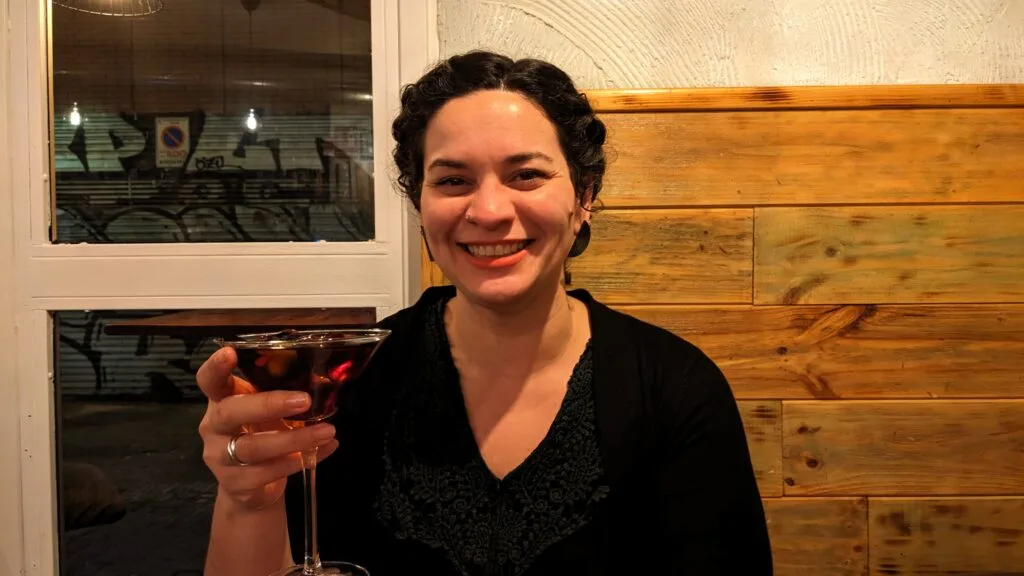
Before lunch or dinner on a weekend, Madrileños will often gather for an aperitivo. The local favourite is vermut (vermouth), a fortified wine flavoured with herbs. The drink is available all over the city, but I particularly recommend trying it in Casa Camacho in Malasaña. This pre-meal drink will come with a free tapas. In Madrid, this tends to be a bowl of crisps, dried nuts or olives. However, some places like El Madroño or Casa Ciriaco offer more variety.
Why do the Spanish eat so late?
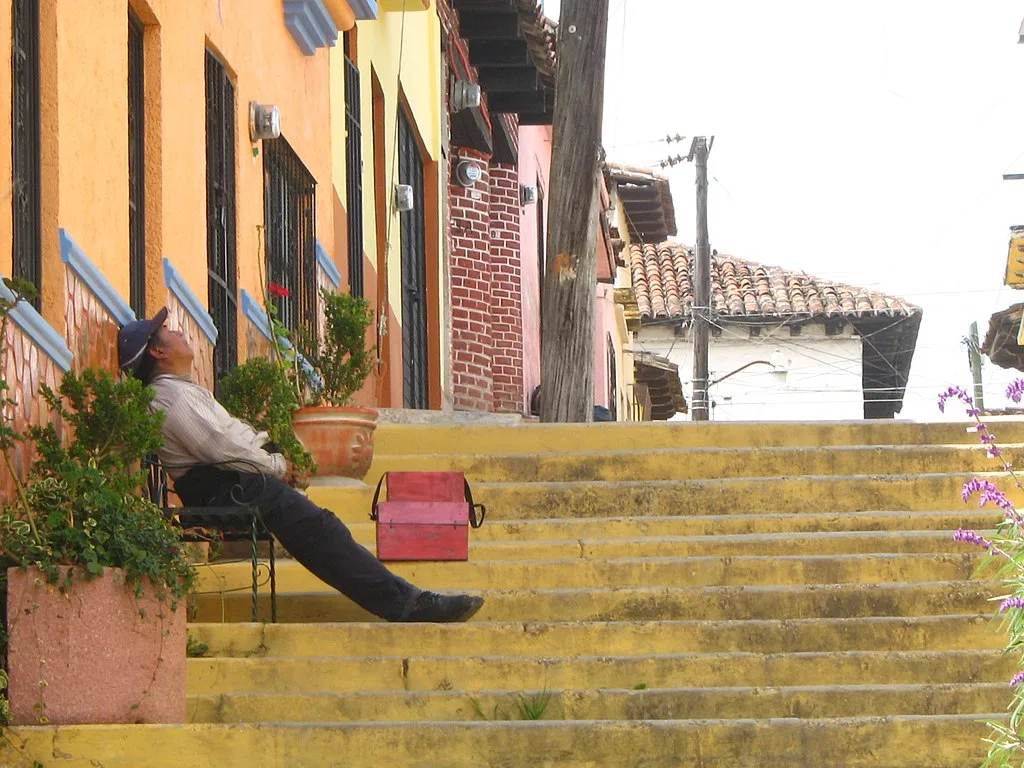
Eating late makes a lot of sense during the hot summer months. As not much can be achieved after 2pm, why not take a long, drawn-out lunch followed by a siesta? Later on, the streets won’t cool down until after sunset, so there’s not much point eating anything any earlier than 9pm. However, this really hot period only lasts for a couple of months. So why keep these crazy times the rest of the year?
Blame Franco
Shortly after the end of the Civil War and the beginning of WWII, on March 16, 1940, Francisco Franco put Spain’s clocks forward one hour. The official reasoning was “so that the national timetable can run in synch with other European countries.” By other European countries, he meant Germany, the ally that had helped him win the Civil War. Despite sharing the same timezone, Franco and Hitler weren’t completely in synch when they met later the same year, with Hitler reportedly complaining to Mussolini: “Rather than go through that again, I would prefer to have three or four teeth taken out!”

The problem was that while the Nationalists had won the war, Spain was in ruins and incapable of lending any real support to Hitler during WWII. However, he was still indebted to Germany hence the switch to Central European Time. A change that made little sense considering that when the sun was at its highest point in the sky, the clocks now showed 1.30pm instead of 12.30pm.
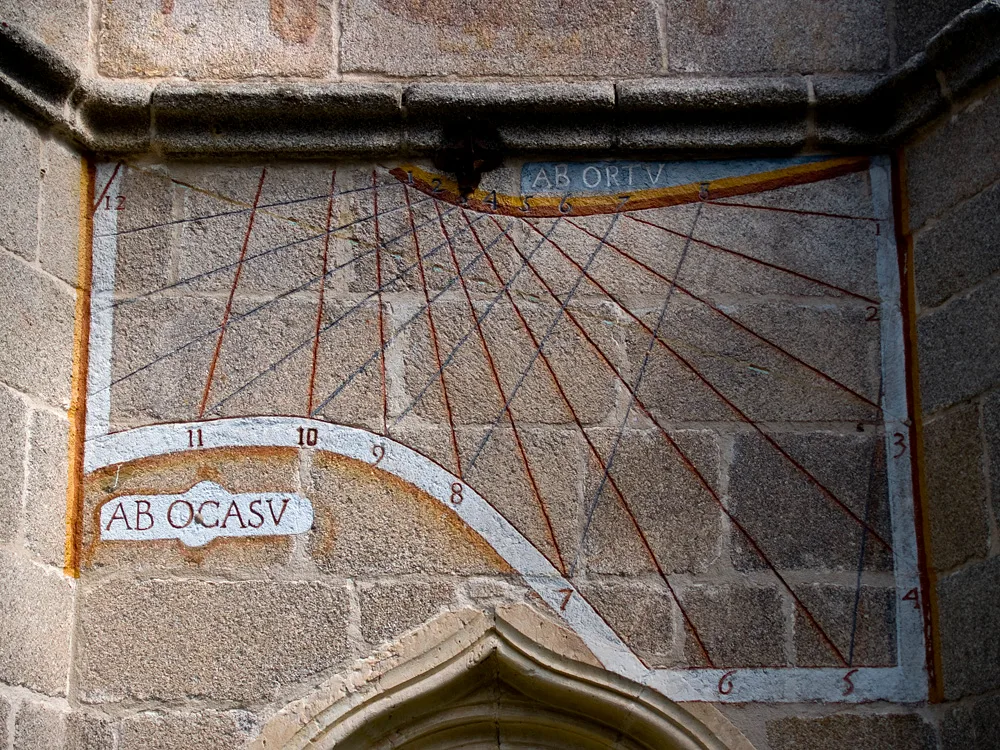
The costs
Unlike Portugal which follows GMT, Spain has been nonsensically stuck in this time zone ever since. Despite the efforts of La Asociación para la Racionalización de los Horarios Españoles, Spaniards continue to keep late hours, a schedule that has taken its toll on the nation. Spain is the most sleep-deprived country in Europe, with citizens sleeping 53 minutes less than the European average. Added to that, the toll of heavy meals eaten before bedtime and you’ve got an extremely unhealthy lifestyle.

The reality
Is eating late really so bad? Perhaps not. Spain is one of the countries with the highest longevity in Europe, though perhaps this is mostly down to an excellent healthcare and pension system. It’s also important to note that while many eat late, dinner is generally pretty light on weekday nights. And on weekends anything goes because people love to stay up late.
I should add that after more than ten years here, I still haven’t adapted to Spanish mealtimes. Unless we’re eating out, my Spanish husband and I eat lunch at 12.00 and dinner at 8pm with a merienda in between of course! He maintains that after switching while we lived in the UK and Japan he didn’t see the logic in returning to Spanish hours. During a recent family meal – a “small” gathering of 14 or so relatives – a straw poll revealed that we’re the odd ones out. Everyone except for us “crazy guiris” ate lunch at 3pm!
How about you? Have you managed to adapt to mealtimes in Madrid? Let me know your thoughts in the comments!
If you’re interested in the history of Madrid and are visiting or live in the city, you might want to book yourself in for one of my unique walking tours.



